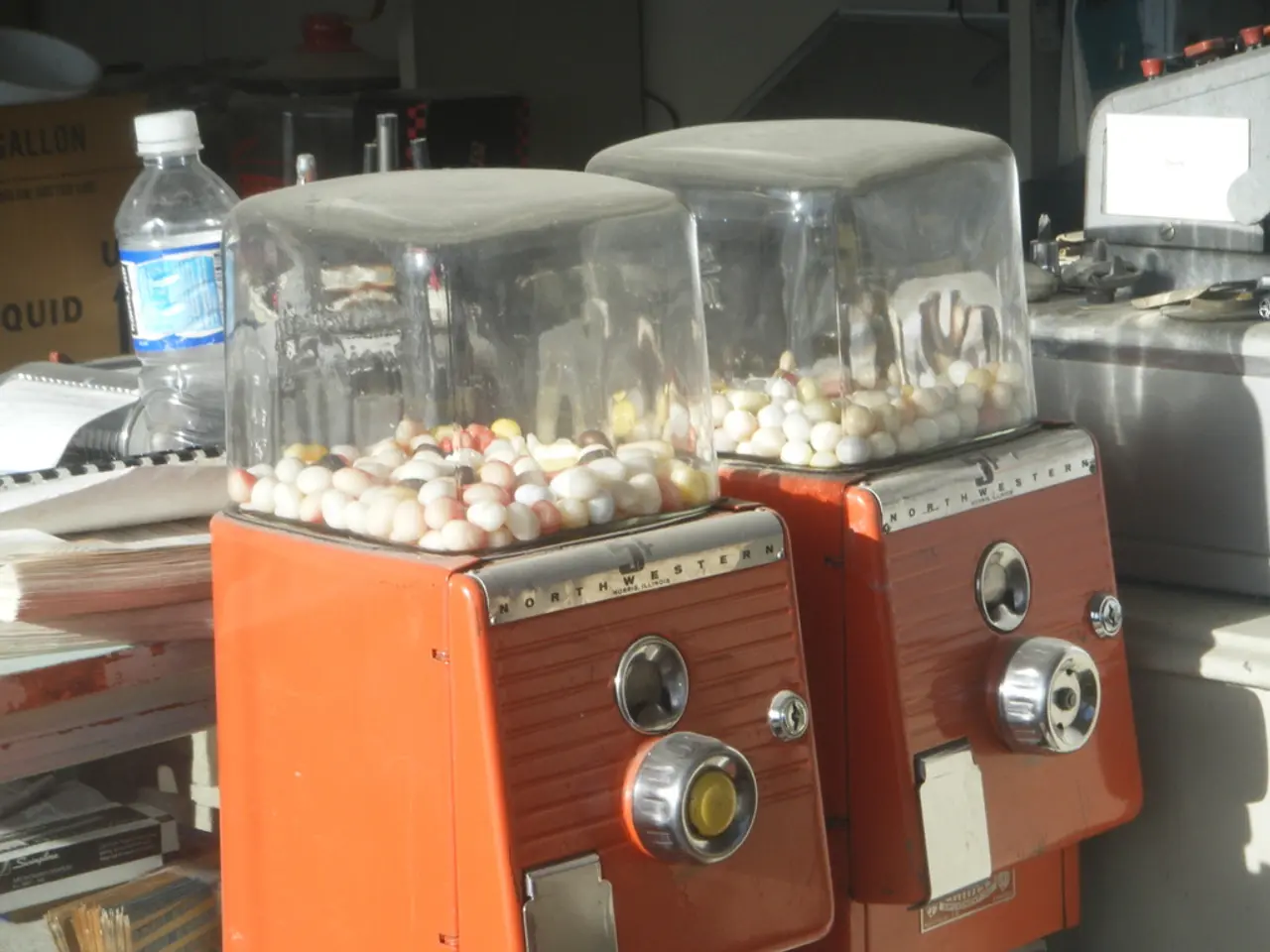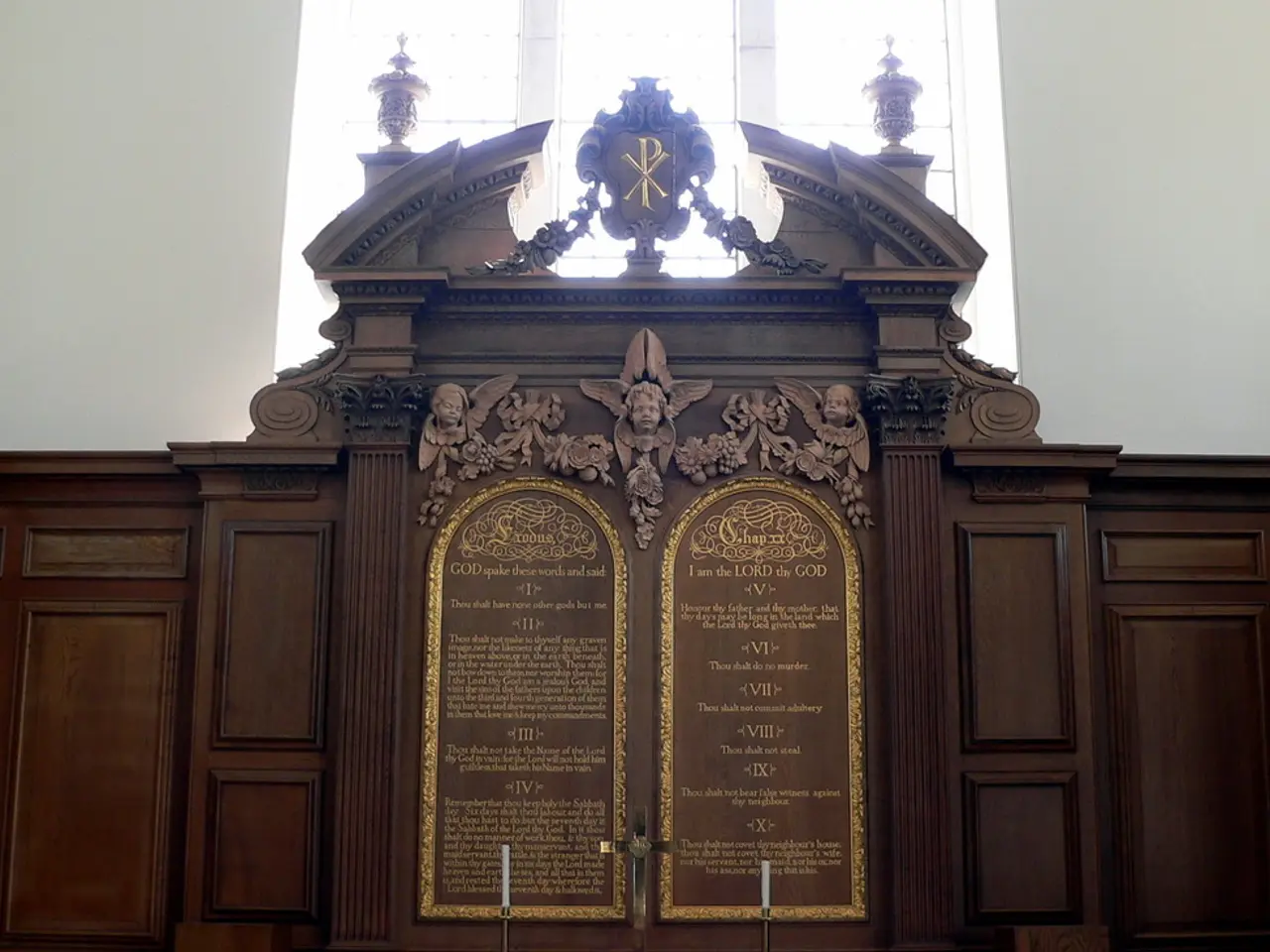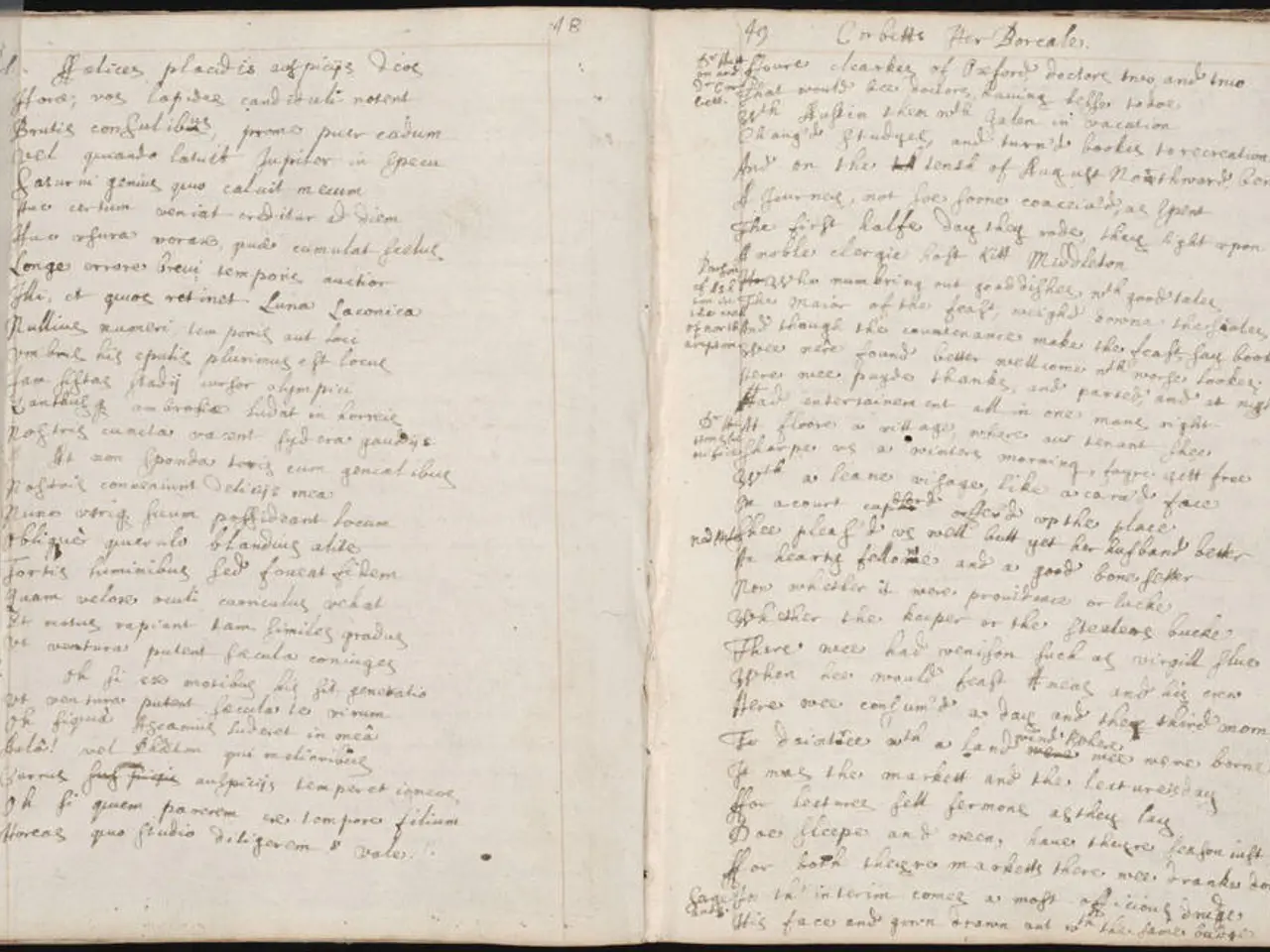Volcanic Research Study
The Exciting Volcano Science Experiment for Kids
Discover the thrill of science with the classic Baking Soda and Vinegar Volcano experiment! This engaging activity is perfect for children who love a bit of fun while learning about chemistry. Here's a step-by-step guide to this educational adventure:
Materials Needed:
- Baking Soda (Sodium Bicarbonate): A crucial base ingredient.
- Vinegar (Acetic Acid): The essential acid component.
- Container or Model Volcano: This could be a beaker, flask, or even a plastic cup, or a more elaborate model made from clay or paper mache.
- Orange Food Coloring: To add a splash of colour to your eruption.
- Dropper (Optional): To control the flow of vinegar.
- Plastic Tray or Dish: To help manage any overflow.
The Chemical Reaction:
When baking soda and vinegar mix, they undergo an acid-base reaction. This reaction produces carbon dioxide gas, water, and sodium acetate. The chemical equation for this process is:
[ \text{NaHCO}_3 + \text{CH}_3\text{COOH} \rightarrow \text{CO}_2 + \text{H}_2\text{O} + \text{NaOAc} ]
How the Experiment Works:
- Preparation: Create your model volcano and place it around your container.
- Adding Ingredients:
- Fill your container about halfway with baking soda.
- Mix a small amount of food colouring with vinegar to create a colourful effect.
- Eruption: Slowly pour the coloured vinegar mixture into the container with the baking soda.
Observations:
- Eruption: The reaction produces carbon dioxide gas, which builds up pressure and causes the "volcano" to erupt, spewing out the coloured vinegar mixture.
- Chemical Reaction Insights: This experiment illustrates the principle of chemical reactions releasing gases, which is a fundamental concept in chemistry.
Educational Value:
- Chemical Reactions: Demonstrates how acids and bases interact to produce gases.
- Pressure Build-Up: Shows how the increase in pressure from the gas can lead to an eruption or release of energy.
- Fun and Interactive: Engages kids in scientific exploration and experimentation.
This experiment is both entertaining and educational, making it a great tool for teaching kids about basic chemistry principles. Encourage your children to make predictions about the experiment's outcome before it begins, and don't forget to provide them with additional science experiments for kids, such as those found on the "Super Cool Science Experiments for Kids" page.
So, gather your ingredients, and let the fun begin! Happy experimenting!
Engage your child in a comprehensive learning experience by introducing them to science experiments like the Baking Soda and Vinegar Volcano. This combines education in science with health-and-wellness, fitness-and-exercise, and education-and-self-development by promoting active involvement and problem-solving skills. After mastering the Volcano Science Experiment, foster their curiosity by exploring health-and-wellness concepts through experiments related to the human body, or enhance their fitness-and-exercise knowledge with activities that demonstrate the principles of biomechanics. Encourage a lifelong passion for learning by guiding them towards a variety of educational resources and experiments, such as those found in books dedicated to learning and self-development.




